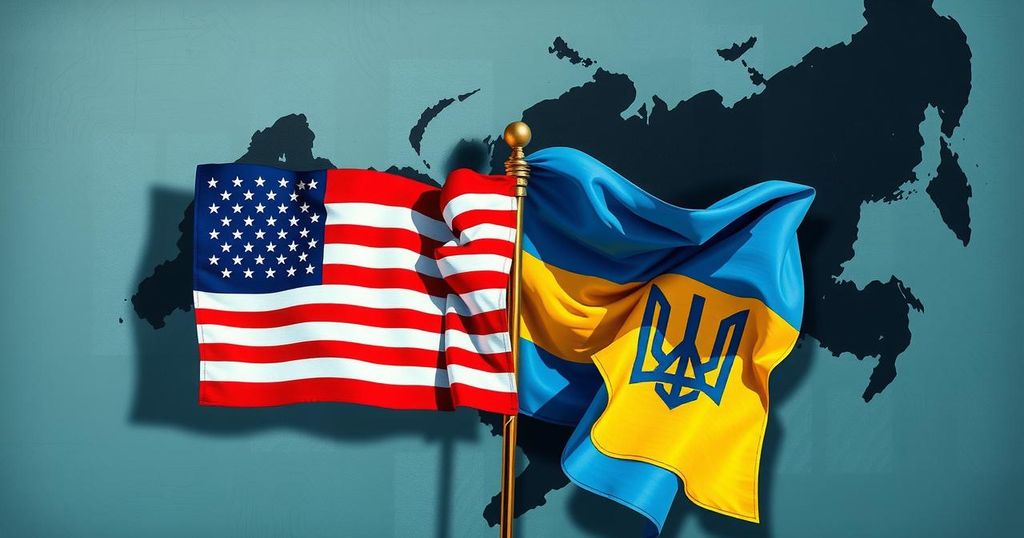Shifts in US-Ukraine Relations: A New Challenge for Russia

US military aid to Ukraine resumes, calling on Russia for a 30-day ceasefire. Secretary Rubio expresses hope for peace negotiations, but interpretations remain unclear. Ukraine demonstrates military capability with drone attacks, while Russia increases its offensive actions. The outcome of negotiations could significantly impact battlefield dynamics.
US-Ukrainian relations have shifted dramatically, once again putting pressure on Russia to respond. Recent decisions include the resumption of US military aid and intelligence to Ukraine, alongside a proposal for a 30-day ceasefire that Kyiv has signaled willingness to accept. This change marks a significant departure from previous strategies aimed solely at pressuring Ukraine into a peace agreement.
At a peace talks event in Jeddah, US Secretary of State Marco Rubio expressed hopes that Russia would agree to the ceasefire, paving the way for more extensive negotiations. The interpretation of Russia’s commitment remains ambiguous. While Russia has also sought a ceasefire, it demanded follow-up elections in Ukraine before any serious discussions regarding territorial adjustments and security arrangements.
Ukraine expects robust security guarantees, potentially including the deployment of European peacekeepers, which Russia has opposed. The question of whether peacekeepers could enter Ukraine amid a ceasefire is still unclear. Until recent discussions between US and Ukrainian officials advanced, the battlefield dynamics seemed unfavorable for a ceasefire.
Ukraine’s drone attack on Monday, involving 337 drones aimed at Moscow, highlighted its intact military capabilities, pressing Moscow to commit to peace. Reports of civilian casualties and infrastructure damage emerged, drawing parallels with past Russian assaults on Ukrainian cities. In response, Russia has intensified its drone attacks, using 126 Shahed drones alongside a ballistic missile.
While frontline fighting had leaned towards Russia, progress was gradual. Following the US’s halt in intelligence sharing, Russia’s offensive with North Korean troops regained lost ground in Kursk. This gains underscores that without an agreement on ceasefire, Russian advances may endure.
Overall, the diplomatic landscape has shifted favorably for Ukraine, though uncertainty remains, particularly with the unpredictable nature of political leaders like Donald Trump. Approximately $1 billion in US military aid is now likely to be released, and capabilities for vital military assets, including F-16 aircraft, appear to be reinstated, hindering Russia’s immediate efforts to weaken Ukraine.
The developments in US-Ukraine relations signify a notable strategic shift that places pressure back on Russia, particularly with the US resuming military aid and proposing a ceasefire. While Ukraine gains diplomatic momentum, its military activities demonstrate ongoing capabilities that challenge interim Russian advancements. The evolving situation suggests a complex interplay of military and diplomatic actions as both sides navigate potential peace negotiations.
Original Source: www.theguardian.com







